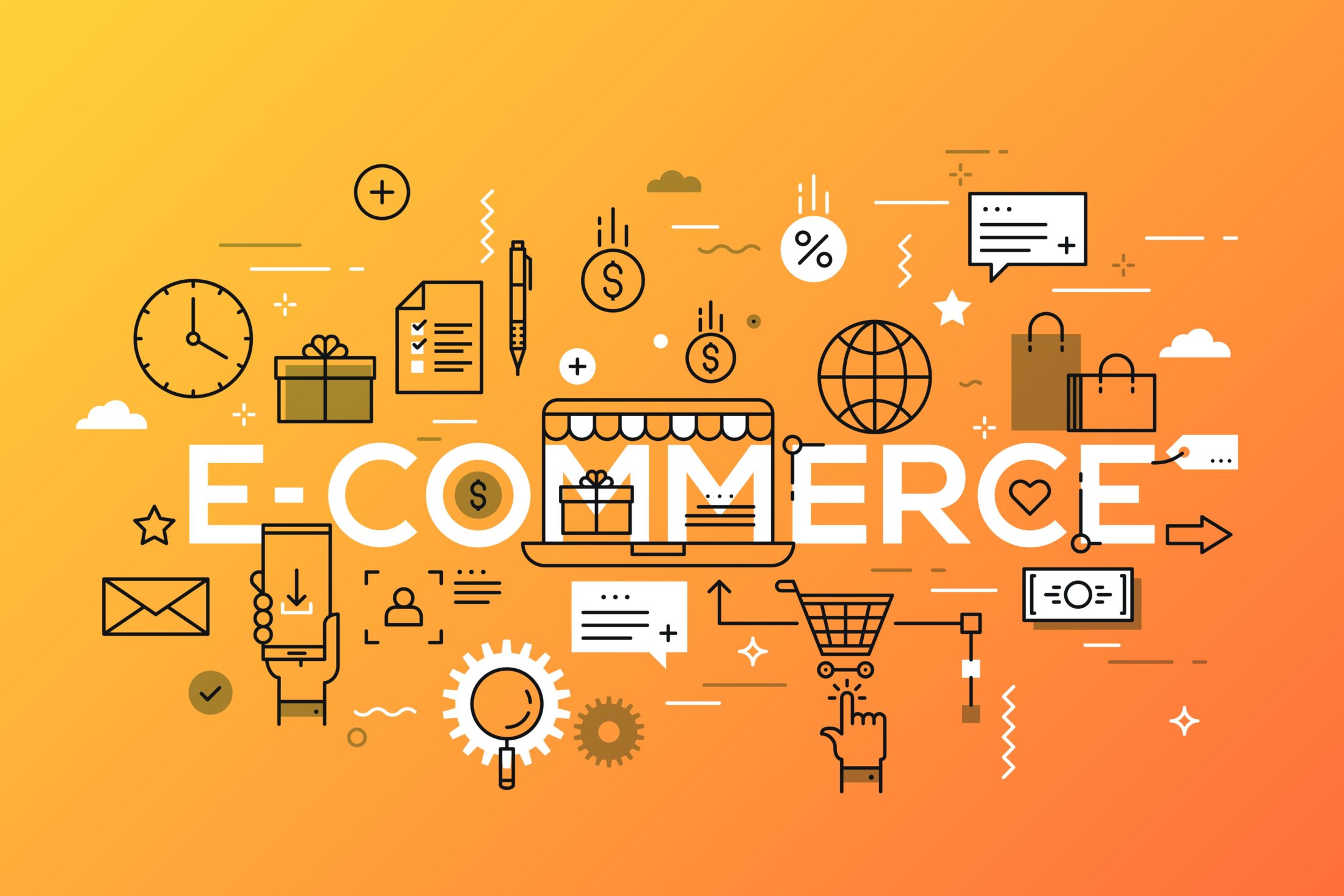
The Evolution and Impact of E-commerce: Revolutionizing the Way We Shop
In the digital age, the realm of commerce has undergone a remarkable transformation, with the emergence of electronic commerce, or e-commerce, reshaping the way businesses operate and consumers shop. E-commerce has revolutionized the traditional business landscape, offering unprecedented opportunities for entrepreneurs, established brands, and consumers alike. This article delves into the evolution, impact, and future prospects of the e-commerce business category.
Evolution of E-commerce: From Humble Beginnings to Global Phenomenon
The origins of e-commerce can be traced back to the 1960s, when electronic data interchange (EDI) was first used to facilitate business transactions. However, it wasn’t until the 1990s that the internet became widely accessible and e-commerce as we know it today began to take shape. The launch of platforms like Amazon and eBay marked a pivotal moment, introducing consumers to online shopping and ushering in an era of digital marketplaces.
Over the years, e-commerce has evolved from simple online storefronts to complex ecosystems encompassing a variety of models, including Business-to-Consumer (B2C), Consumer-to-Consumer (C2C), and Business-to-Business (B2B). The rise of mobile devices and improved internet connectivity further accelerated the growth of e-commerce, making shopping accessible anytime, anywhere.
Impact of E-commerce on Business and Society
- Global Reach and Accessibility: E-commerce transcends geographical boundaries, enabling businesses to reach a global audience without the need for physical presence. This has paved the way for small businesses and artisans to showcase their products to a worldwide customer base.
- Convenience and Personalization: E-commerce offers unparalleled convenience, allowing consumers to browse and purchase products from the comfort of their homes. Personalization algorithms analyze consumer preferences and behaviors, tailoring product recommendations and shopping experiences.
- Marketplace Dynamics: Online marketplaces like Amazon, Alibaba, and eBay have transformed the retail landscape by providing a platform for both established brands and emerging businesses to showcase their products. These marketplaces often leverage data to optimize supply chains, enhance customer experiences, and drive sales.
- Changing Consumer Behavior: The way consumers shop has fundamentally changed. The ability to compare prices, read reviews, and access a diverse range of products online has shifted the power from businesses to consumers. Moreover, subscription services, fast shipping, and hassle-free returns have become integral to customer expectations.
- Job Creation and Entrepreneurship: E-commerce has given rise to a new wave of entrepreneurs, allowing individuals to start online businesses with relatively low barriers to entry. From dropshipping to affiliate marketing, these ventures have led to job creation and economic growth.
- Logistics and Supply Chain Innovation: The demand for efficient and speedy delivery has spurred innovations in logistics and supply chain management. Concepts like drone deliveries and automated warehouses are being explored to streamline the fulfillment process.
- Challenges and Concerns: While e-commerce offers numerous benefits, it also comes with challenges such as cybersecurity threats, data privacy concerns, and the displacement of traditional retail jobs. Additionally, the environmental impact of packaging and shipping raises questions about sustainability.
Future Prospects of E-commerce
As technology continues to advance, the future of e-commerce holds immense potential:
- Augmented Reality (AR) and Virtual Reality (VR): AR and VR technologies are poised to transform the way consumers shop online. Virtual try-ons, interactive product showcases, and immersive shopping experiences will become more prevalent.
- Artificial Intelligence (AI) Integration: AI will play a critical role in personalizing customer experiences, optimizing supply chains, and enhancing fraud detection and prevention.
- Sustainable Practices: E-commerce players are increasingly focusing on sustainability, exploring eco-friendly packaging, carbon-neutral shipping, and responsible sourcing to address environmental concerns.
- Blockchain Technology: Blockchain has the potential to enhance transparency, security, and traceability in e-commerce transactions, reducing fraud and enhancing consumer trust.
- Voice Commerce: Voice-activated devices and assistants are changing how consumers interact with e-commerce platforms, enabling seamless voice-activated purchases.
conclusion
The e-commerce business category has revolutionized commerce in ways previously unimaginable. From its humble beginnings, it has grown into a global phenomenon, reshaping consumer behavior, business strategies, and market dynamics. As technology continues to evolve, e-commerce will undoubtedly shape the future of how we shop, connect, and do business. However, striking a balance between innovation, convenience, and sustainability will be crucial in ensuring the continued success of this transformative industry.








